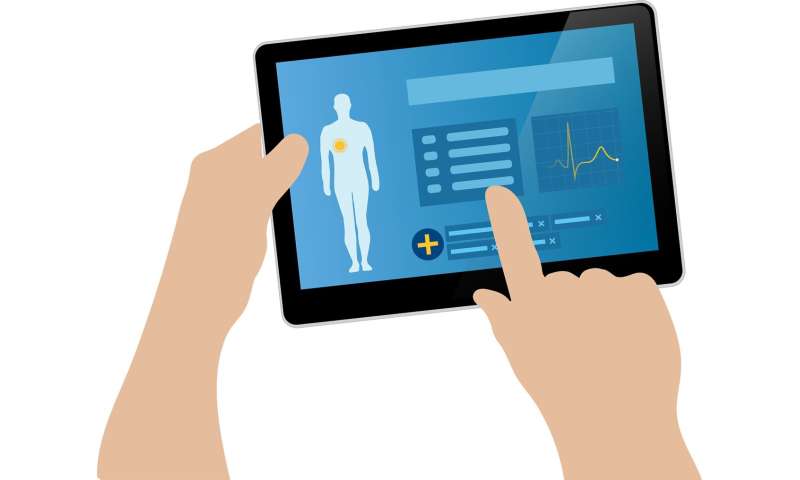
Symptoms like vertigo, motion sickness, nausea and vomiting result in about 2.6 million visits to United States emergency rooms each year, according to previous Johns Hopkins studies. During the pandemic, patients are avoiding doctors’ offices and hospitals, and Amir Kheradmand, M.D., an assistant professor of neurology and otolaryngology at the Johns Hopkins University School of Medicine, wanted to help providers decide if a dizzy patient needs to go in-person to an emergency room.
Kheradmand and Aasef Shaikh, M.D., Ph.D., of the Cleveland VA Medical Center, and their team found that it is critical to define guidelines for remote methods to determine if dizziness is urgent or less serious. Some causes of dizziness, like a stroke, require urgent care, and other less critical causes of dizziness come from issues in the inner ear. A stroke must be identified as soon as possible, because the earlier the treatment, the more effectively physicians can prevent damage to the brain.
“When the pandemic hit, we were forced to change how we do exams, so we had to rapidly triage patients,” Kheradmand says. “As this wasn’t how we typically practiced medicine, we each had to determine how to move our practices to virtual consultations. The idea here was to compile worldwide experts’ experiences of what worked and what didn’t into this new set of guidelines for virtual consultations that we could share to standardize the practice, as it seems virtual medicine is here to stay.”
A variety of expert clinicians from throughout the United States and from other countries shared the ways they adapted to virtual care to assess these medical issues. To standardize an effective approach across countries, Kheradmand’s team consolidated the information and created guidelines for how to evaluate patients with dizziness remotely.
Kheradmand’s team hopes to standardize the basic elements of the exam for evaluating dizziness to include not only taking the patient’s history but also examination of eye movements, hearing, coordination, balance and walking.
For example, during a virtual exam, a physician might ask the patient to walk across the room toward the camera to assess balance, and then ask the patient to get close to the webcam so the provider can watch the person’s eye movements. If, for example, the doctor notices shaking of the eye, the pattern of this abnormal eye movement could help distinguish less serious dizziness due to impaired ear function from a more serious condition such as stroke, which requires immediate medical attention. A full virtual exam will help triage patients more effectively and get them the care they need as soon as possible.
Source: Read Full Article